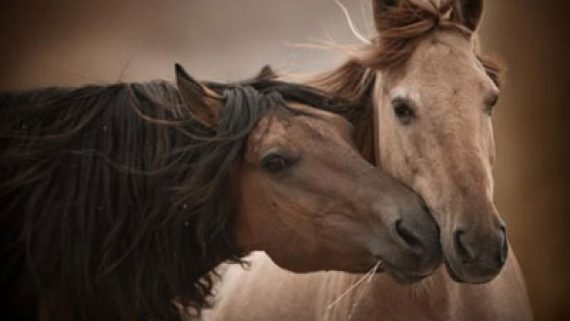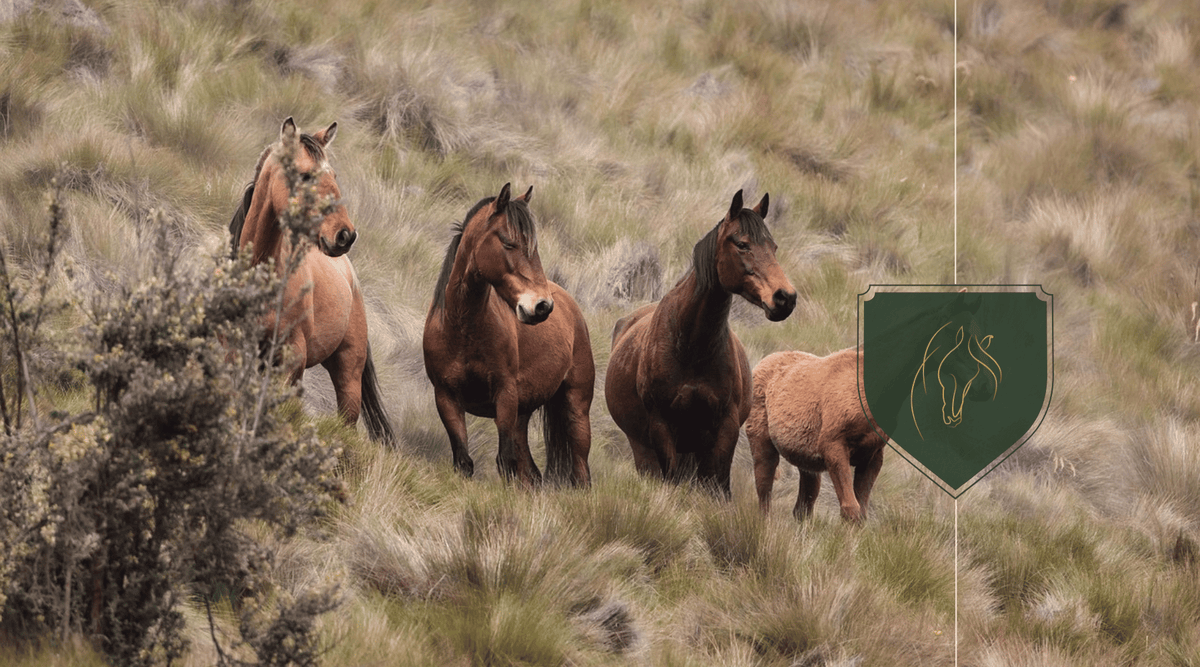Wild Horses and Conservation Success Stories

Wild horses have long captured the imagination of people worldwide, symbolizing freedom and the untamed spirit of nature. Beyond their iconic status, wild horses play a significant role in ecosystems and conservation efforts. This article explores the fascinating world of wild horses, their challenges, and inspiring conservation success stories.
Introduction to Wild Horses

Wild horses, often referred to as mustangs in North America, are free-roaming horses that have descended from domesticated ancestors. They inhabit various regions, including the western United States, parts of Europe, and Australia. These horses are not truly wild in the strictest sense but are feral, having adapted to survive in the wild over generations.
Importance of Wild Horses in Ecosystems
Wild horses contribute to ecosystem health by:
- Grazing, which helps maintain grassland balance
- Creating habitats for other species through their movement and grazing patterns
- Serving as prey for large predators in some regions
Their presence can influence plant diversity and soil health, making them integral to the environments they inhabit.
Challenges Faced by Wild Horses
Despite their resilience, wild horses face numerous threats:
- Habitat loss due to urbanization and agriculture
- Conflicts with livestock and land use policies
- Overpopulation leading to resource depletion
- Legal and political challenges surrounding their management
Conservation Efforts and Success Stories
Government and NGO Initiatives
Various organizations have implemented programs to protect and manage wild horse populations responsibly. These include:
| Organization | Initiative | Outcome |
|---|---|---|
| Bureau of Land Management (BLM) | Adoption programs for mustangs | Reduced herd sizes and improved welfare |
| The Cloud Foundation | Advocacy and habitat protection | Increased public awareness and policy influence |
| Return to Freedom | Sanctuary and education programs | Successful rehabilitation and public engagement |
Innovative Management Techniques
- Fertility control: Using contraceptives to manage population growth humanely
- Habitat restoration: Rehabilitating grazing lands to support sustainable populations
- Community involvement: Engaging local communities in conservation efforts
Notable Success Stories
- The Pryor Mountain Wild Horse Range in Montana, USA, where collaborative management has preserved a genetically unique herd.
- Australia’s Brumby populations benefiting from combined government and indigenous community efforts.
How You Can Help
- Support organizations dedicated to wild horse conservation
- Advocate for policies that protect wild horse habitats
- Participate in educational programs and volunteer opportunities
Frequently Asked Questions (FAQ)
Q1: Are wild horses endangered?
A1: While not globally endangered, some wild horse populations face local threats and require management to ensure their survival.
Q2: How do wild horses impact the environment?
A2: They help maintain grassland ecosystems but can also cause overgrazing if populations are not managed.
Q3: Can wild horses be domesticated again?
A3: Yes, many wild horses can be adopted and trained, which is a key part of some conservation programs.
Q4: What is the difference between wild and feral horses?
A4: Wild horses have never been domesticated, whereas feral horses descend from domesticated ancestors but live in the wild.
By understanding the role of wild horses and supporting conservation efforts, we can ensure these majestic animals continue to thrive in their natural habitats for generations to come.
